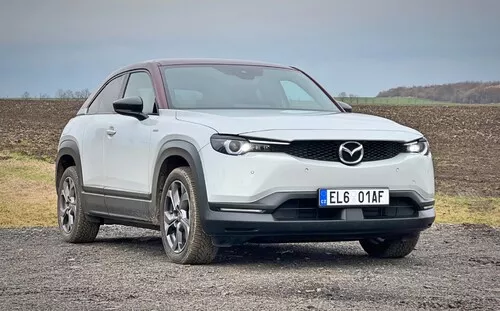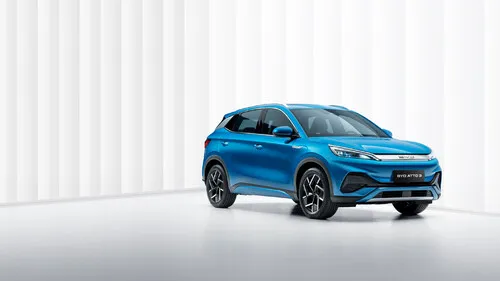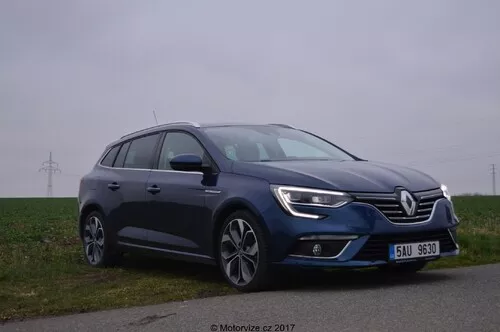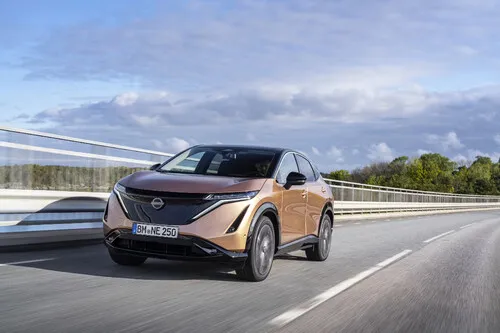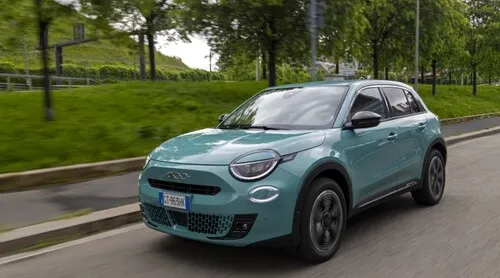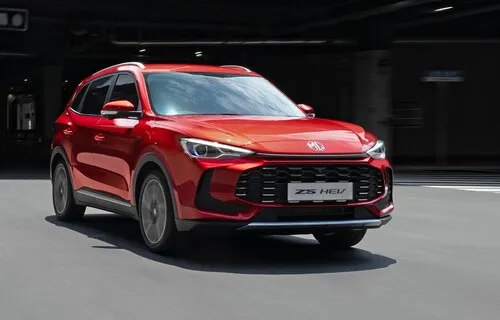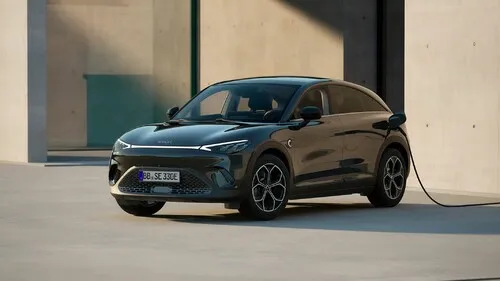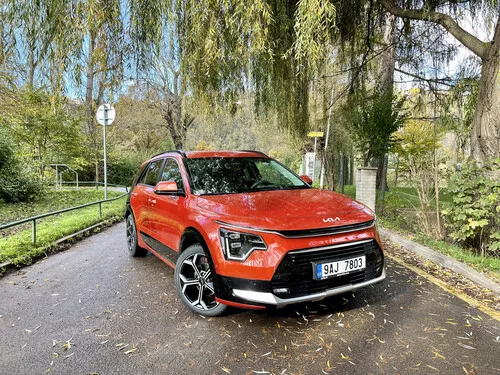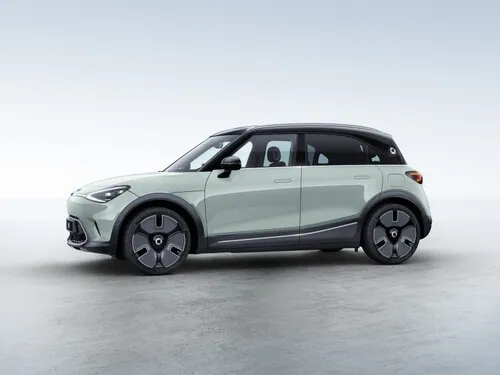Comparison: Turning circle Kia Soul vs. competitors 2025
In the world of compact SUVs and urban crossovers, the Kia Soul has always stood out with its boxy design, quirky personality, and excellent maneuverability. One of the critical metrics when comparing vehicles in this category is the turning circle, which indicates how tight a vehicle can turn—a factor that's especially vital for city dwellers who often find themselves navigating narrow streets and tight parking spaces. The current model of the Kia Soul doesn't disappoint, boasting a turning circle of 10.60 meters. But how did this number evolve over the different generations of the Soul, and how does it stack up against both its siblings and nearest competitors? Buckle up, as we're about to find out.
Kia Soul - How has the turning circle changed over the generations?
Let's take a trip down memory lane, shall we? The first-generation Kia Soul, the AM model from 2009 to 2011, had a turning circle of 10.50 meters. This same figure was retained during the first facelift from 2011 to 2014. When the second-generation PS model came onto the scene from 2014 to 2019, the turning circle increased slightly to 10.60 meters—no mind-blowing change but enough to be noticeable. This figure remained unchanged even through the first facelift from 2016 to 2019. Fast forward to the current model, the Soul SK3, and it holds steady at 10.60 meters. Clearly, Kia has found its sweet spot, but you might wonder how this figure holds up against the rest of Kia's lineup and its competitors.
The turning circle compared to other Kia models
Within the Kia family, the Soul's turning circle can best be described as middle-of-the-road. If you're keen on nimble city driving, the Kia Picanto blows the Soul out of the water with a tight 9.40-meter turning circle. The Kia Rio follows with its 10.20-meter turning circle, just slightly smaller than the Soul's. Then there's the Kia Stonic with a 10.40-meter turning circle, again marginally tighter than the Soul. The more prominent models like the Kia Sportage and Stinger have turning circles of 10.90 and 11.20 meters, respectively. And let's not even start on the behemoths like the Kia Sorento and EV9, which are more akin to steering container ships, requiring around 11.60 and 12.40 meters, respectively.
How does the turning circle of the Kia Soul compare to it's nearest competitors?
Now, strap in for a thrilling comparison to the Soul’s closest rivals. The Nissan Qashqai, Citroen C4 Aircross, and SsangYong Korando all offer the same 10.60-meter turning circle, putting them in direct competition with the Kia Soul. But turn your focus to vehicles like the Mazda MX-30, which demands a roomier 11.40 meters, or the MINI Paceman, which wants an even larger 11.60 meters. If you’re after something tighter, the Renault Captur, Hyundai Bayon, and VW ID.3 swoop in with 10.40, 10.40, and 10.30 meters, respectively. The real winner? How about the Honda e with a shocking, unheard-of 9.20 meters? Compared to these, the Soul is neither the best nor the worst, sitting comfortably in the middle. It's balanced, practical, and affordable, which is perhaps why it appeals to so many urban adventurers.
Kia Soul vs. similar cars
-
KIA Soul 2019 10 m
-
BYD Atto 3 2022 10 m
-
Skoda Enyaq iV 2021 10 m
-
Audi Q4 e-tron 2021 10 m
-
KIA Niro 2019 10 m
-
Nissan Ariya 2022 10 m
-
 VW ID.5 2022
10 m
VW ID.5 2022
10 m
-
Citroen E-Mehari 2016 10 m
-
Skoda Enyaq 2021 10 m
-
Volvo EX30 2024 10 m
-
BYD Atto 2 2025 10 m
-
 Honda e:Ny1 2023
11 m
Honda e:Ny1 2023
11 m
-
 Mazda MX-30 2020
11 m
Mazda MX-30 2020
11 m
-
Aiways U5 2020 11 m
-
 smart #3 2023
11 m
smart #3 2023
11 m
-
 smart #1 2022
11 m
smart #1 2022
11 m
-
Toyota bZ4X 2022 11 m
-
Aiways U6 2022 11 m
-
 VW ID.4 2020
11 m
VW ID.4 2020
11 m
-
Maxus Euniq 6 2023 11 m
-
Mercedes-Benz EQB 2021 11 m
-
BMW iX1 2022 11 m
-
Volvo C40 2021 11 m
-
Genesis GV70 2021 11 m
-
BYD Tang 2022 11 m
-
Mercedes-Benz EQC 2019 11 m
-
MINI Aceman 2024 11 m
-
Subaru Solterra 2022 12 m
-
BMW iX3 2021 12 m
Similar cars
